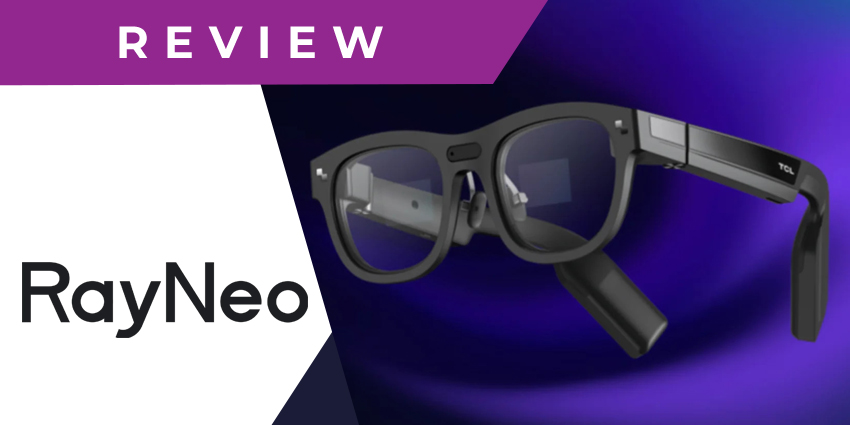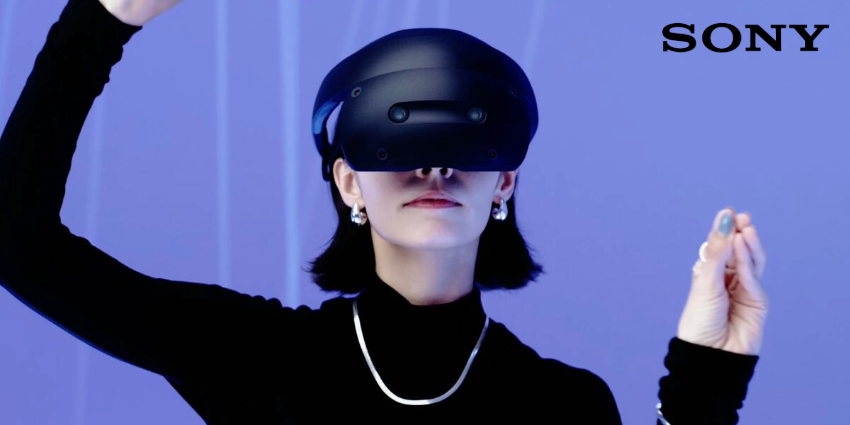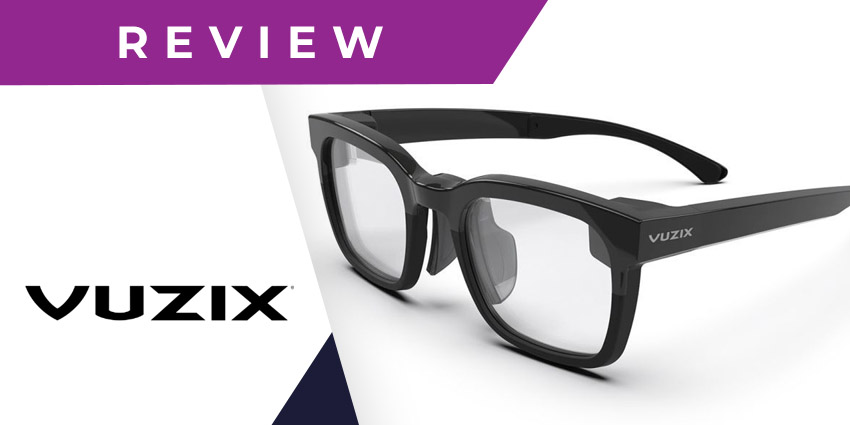The RayNeo X2 AR and AI glasses are the latest in an impressive range of augmented reality specs created by the TCL subsidiary.
Initially teased at CES 2023, these glasses promise an ultra-smart and highly immersive experience. They combine impressive audio, cinematic visuals, and an integrated all-in-one AI assistant. I’ve tried a few RayNeo wearables in the past, including the fantastic Air 2 specs. However, the X2 specs are the most powerful to date, marking a significant step forward in RayNeo’s portfolio.
Though there’s still some “fine-tuning” to be done, I was extremely impressed by these wearables.
Here’s everything you need to know if you’re considering grabbing a pair of RayNeo’s latest smart glasses.
RayNeo X2 AR Glasses Review: Specs and Pricing
RayNeo’s X2 AR glasses are essentially an evolution of the firm’s previous “Air 2 glasses”. They include enhanced visuals and a phenomenal built-in AI assistant. Like many other vendors of AR specs, RayNeo has seen the value in making “smart glasses” smarter with integrated AI.
However, unlike Meta and other competitors, the company hasn’t “replaced” AR functionality with artificial intelligence. It’s giving users the best of both worlds.
Powered by a Qualcomm Snapdragon XR2 chip, these specs are intended to reduce reliance on smartphones. They give users everything they need to interact with content and access information on the move with a hands-free experience.
Although RayNeo did offer a discount to Indiegogo backers when the RayNeo X2 glasses were initially released, the specs are now retailing for about $849.99, making them slightly more expensive than some alternatives, but still significantly cheaper than full MR headsets like the Apple Vision Pro.
Here’s a quick rundown of the specs:
- Binocular full-color Micro-LED Waveguide displays
- Qualcomm Snapdragon XR2 chip
- 100,000:1 contrast ration
- Brightness of up to 1,000 nits
- Multi-modal AI smart assistant
- Smart navigation with SLAM and gesture recognition
- 6GB RAM and 128GB storage
- 3 microphones with privacy protection
- Face-tracking real-time language translation
- Built-in Microsoft Azure support
- Noise-cancelling speakers
RayNeo X2 Design and Comfort
At a glance, the RayNeo X2 specs look relatively similar to most of the other AR glasses out there today. Although they’re a little bulkier than options like the Meta Ray-Ban smart glasses, I think RayNeo has done a good job making these specs look reasonably “normal.” They’re definitely not as unusual in appearance as the Rokid Max AR glasses, for instance.
Still, you won’t fool anyone into thinking you’re just wearing a standard pair of spectacles, particularly thanks to the very obvious camera between the two lenses. This 16-pixel camera is very visible, to the point that it might make some people concerned you’re recording their every move.
In addition, the small rectangles in the lenses (the waveguides) are pretty obvious, too. From a comfort perspective, I’m not a huge fan of how chunky the arms of the glasses are, but the overall design does a good job of distributing the 119g weight across your face.
You could easily wear these glasses for an hour or two without feeling like you need a break. Additionally, the glasses are pretty easy to use, with touch-sensitive panels on the arms. Plus, the speakers are positioned close to your ears to give you clear audio without too much leakage.
The Software and Performance
As mentioned, the RayNeo X2 glasses leverage the Qualcomm Snapdragon XR2 platform. This has earned a great reputation for delivering immersive experiences with speed. However, the glasses run their own softwaree too.
When you turn the glasses on, you’ll see a row of apps floating before you. For instance, there are options for accessing your camera, loading a map, translation, and more.
You can also download and install a handful of other applications, such as AR games, but you’ll need to download the RayNeo companion app on your smartphone to access those.
The AI companion is probably the most impressive element of RayNeo’s software. This multimodal LLM AI gives you a virtual assistant you can customize to suit your personality.
The assistant is certainly handy. It can “examine” the world around you to tell you more about whatever you’re looking at, surface real-time instructions, and map routes to help you find your way when you’re out and about. Plus, the assistant can track the faces of other people and translate dialogue in real-time. I can see that being very useful for frequent travelers.
RayNeo even says it plans to add more functionality to the AI assistant in the future. For instance, they want to enable it to identify things like a car’s model. For now, though, I think the feature works best at scanning environments for navigation.
Outside of allowing you to interact with an AI assistant, the RayNeo X2 glasses allow you to take phone calls (if they’re connected to your phone) and play audio through the integrated speakers. The speakers themselves are solid, but you may still prefer to use wireless earbuds if you want absolute privacy and a little more volume control.
The Display Quality, Photography and Filming
Since the RayNeo X2 glasses do not have a native “screengrab” feature, it’s difficult to demonstrate what you’ll see with these specs. The good news is that the waveguide screens are designed specifically for human eyes, giving you significant clarity and realistic colors.
Notably, like most smart glasses, the X2s won’t completely cover your vision with augmented reality content, and there may be times when certain bits of content seem squashed together. However, you get an excellent level of brightness, so you can still easily see images and text even when walking around in blazing sunlight.
If you want to capture content in real-time, RayNeo’s integrated camera is fantastic. It can capture photos and videos in 16MP high-definition, and there’s even an integrated anti-shake capability, which is great when you’re moving around to capture everything in a scene.
Notably, the videos and images won’t be “perfect” – you don’t exactly get a professional-grade camera system, but you’ll have an easy time shooting content for social media with these specs. Plus, the 3 integrated microphones mean you can easily capture audio too.
I was actually quite impressed at how effective these microphones were, both for content capture and calls with friends and colleagues. A lot of other smart glasses seem to struggle in this area, but the X2s are great at making it sound like you’re just talking through a standard smartphone.
Battery life and Additional Functionality
One thing I wanted to note is that RayNeo does allow you to extend the functionality of the X2 specs with additional accessories.
The RayNeo Ring, for instance, is a lightweight little wearable device you can wear on your finger. You use it to navigate through AR content without using your smartphone directly. I think it’s a fantastic “added extra”, for those in search of a unique spatial experience.
Plus, you can customize your RayNeo X2 specs with prescription lenses, which I consider a must-have option for any augmented reality glasses today. No one wants to wear separate specs or contact lenses behind a chunky pair of glasses.
One slight downside for me is the battery life. If you take full advantage of all the AI features built into these specs, you can easily run out of juice within 60-90 minutes. However, if you’re just using your glasses to keep track of notifications from your smartphone or snap photos occasionally, the battery can last a lot longer.
RayNeo X2 Glasses: The Verdict
Like most smart glasses, the RayNeo X2 specs have pros and cons. The design could be a little more ergonomic, for instance, and the battery life could probably use a boost. However, I also think these smart glasses are a fantastic step forward in the XR landscape.
There are plenty of “augmented reality” glasses out there that really just mirror your smartphone screen without any true immersive features. The RayNeo X2 glasses, on the other hand, offer a truly unique experience, combining gesture and voice controls with AI and ultra-vivid images.
You might not get the same immersion available from something like the Vision Pro. Still, if you’re looking for a lightweight and intelligent pair of true augmented reality specs, the RayNeo X2 glasses are a worthwhile purchase.







